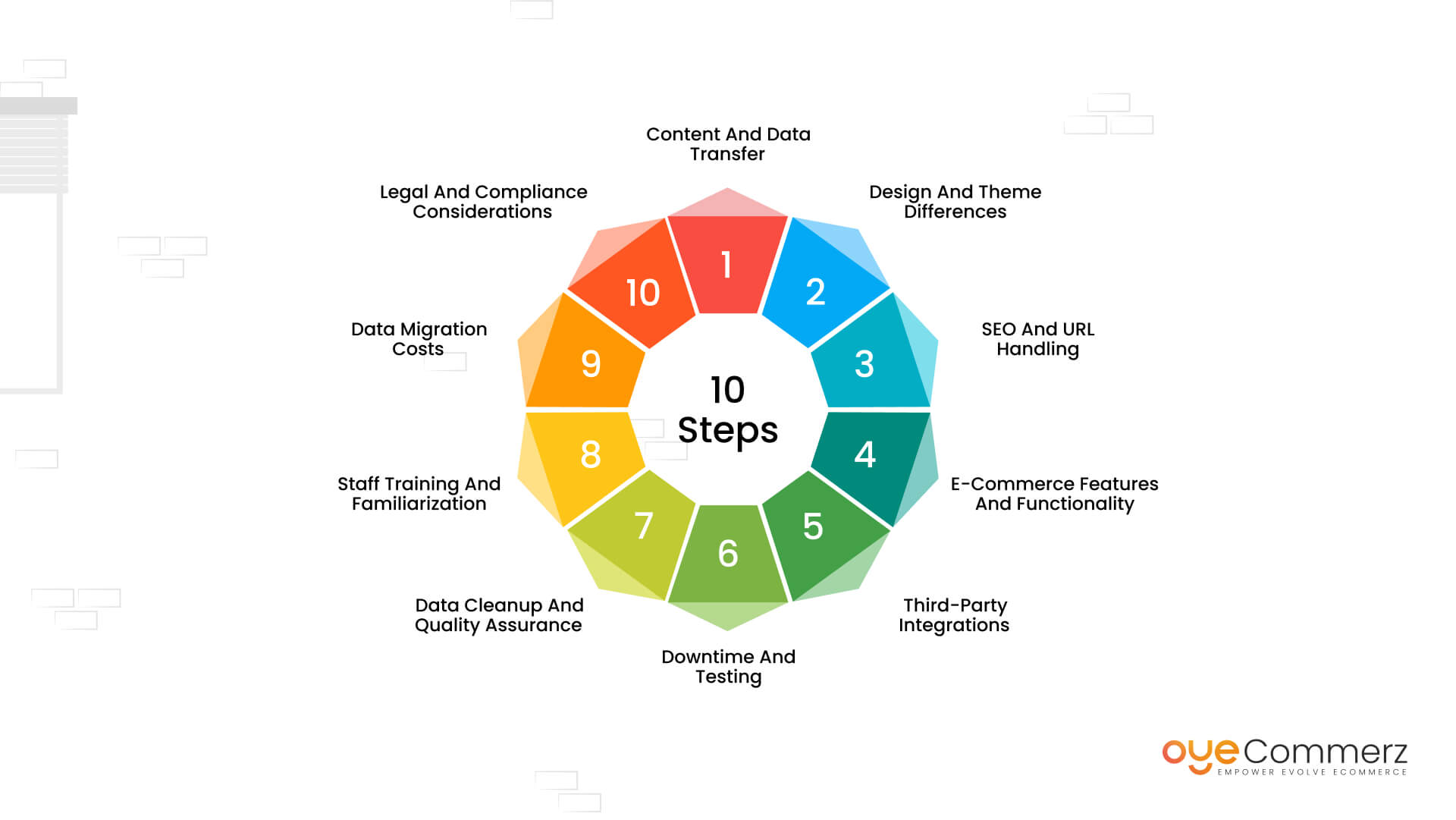Shifting from WordPress to Shopify marks an exciting step toward optimizing your e-commerce operations. As companies expand, selecting a platform that aligns with scalability, user experience, and customization becomes crucial. Shopify is widely recognized as a preferred choice for e-commerce professionals, providing superior flexibility, security, and user-friendliness. In this guide, we’ll explore the transformative impact of this migration, highlight the advantages, and share practical tips to ensure a smooth transition.
1. Why Switch from WP to Shopify?
The combination of WordPress and WooCommerce, has served countless online stores. However, as businesses scale, issues like plugin dependency, data risks, and technical complexities can hinder growth. Shopify, designed explicitly for digital retail, addresses these issues with an comprehensive, intuitive platform. Real data back this shift—Shopify hosts over 4.4 million websites worldwide, with a documented 10% boost to sales performance for many businesses post-switch.
2. Key Benefits of Shopify for E-commerce Success
Shopify’s powerful platform is tailored for scaling businesses. Its standout benefits are:
- Effortless Design Flexibility: Shopify provides over 80 professionally designed themes.
- Built-in Features: Capabilities such as Shopify Payments and built-in SEO save time and effort.
- Global Reach: Multi-currency support and regional customization empower brands to reach global markets.
Additionally, Shopify boasts an uptime rate of 99.98%, guaranteeing your website is always operational.
3. Getting Ready for Your WordPress-to-Shopify Transition
Before migrating, assess your current store. Analyze inventory details, client information, and SEO performance. Resources such as Shopify’s Migration Kit or external tools help ease the transition. Develop a detailed strategy, ensuring all resources—product descriptions, images, and articles—are ready for seamless import.
4. Data Migration: A Critical Step
Transferring your data forms the foundation for a smooth platform switch. When migrating from WordPress to Shopify, focus on:
- Inventory Details: SKU, descriptions, and categories.
- Customer Data: Emails, order history, and custom fields.
- Search Engine Considerations: Retain meta tags, URLs, and forwarding paths to maintain search rankings.
Leverage tools such as LitExtension to streamline data transfer while reducing mistakes.
5. Customizing Your Shopify Store
Post-migration, personalizing your Shopify store helps it aligns with your brand. Take advantage of Shopify’s drag-and-drop editor to design pages effortlessly. Shopify's templates are optimized for all devices, ensuring a seamless user experience across platforms—a key point, since 74% of e-commerce traffic is generated by mobile users.
6. How to Protect Your SEO Rankings When Switching Platforms
SEO is vital for preserving your online presence during migration. Shopify is highly optimized for search engines with clean URL structures, preloaded features, and seamless blog integration. Ensure:
- Implement 301 redirects for existing links.
- Optimize new pages with targeted phrases.
- Use Shopify's apps Plug in SEO to monitor performance post-migration.
7. Essential Tests After Migrating to Shopify
Once the migration is complete, run detailed checks.
Check: - Website speed (Shopify boasts faster speeds compared to WP).
- Payment integration reliability and transaction flow.
- Adaptability across devices.
Testing ensures your store delivers a smooth shopping experience from day one.
8. Case Study of a Successful Migration
An example of effective platform switching is Gymshark, a sportswear company that moved to Shopify. After the switch, the company experienced a 60% boost in mobile sales and reduced site downtime. This highlights the capabilities of Shopify in enhancing online business success.
9. Overcoming Common Migration Issues
Migration comes with challenges, such as data integrity and adjusting tailored features. However, Shopify’s Shopify theme customization robust support and third-party experts simplify the process. Collaborating with experienced Shopify developers ensures a trouble-free transition.
10. Starting Your Journey with Shopify
Switching from WP to Shopify marks a forward-thinking decision to online retail. By focusing on growth, simplifying management, and improving buyer satisfaction, Shopify empowers businesses to succeed E-commerce website migration in competitive markets.
Final Thoughts
Switching from WordPress to Shopify offers a smart solution that can significantly boost your online business performance. With a robust migration plan, the right tools, and expert support, you can unlock new growth opportunities.
Excited to start the journey? Reach out today to learn how our Shopify migration services can transform your online store. Get in touch today, or ask yourself: Can your business afford to miss out on Shopify’s growth potential?
